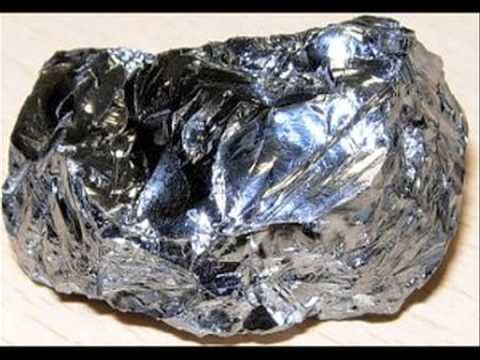A South Australian company behind a silicon based thermal energy storage system has created and successfully tested a full prototype of its technology, which it says is ready for commercialisation after a decade is the making.
Adelaide-based Latent Heat Storage – whose progress with its homegrown, patented silicon storage technology we have monitored here and here – said on Friday a prototype of its thermal energy storage system (TESS) had its first successful run on September 30.
The company, which is in the process of changing its name to 1414°, says it is now ready to apply its TESS to industry and generation sites at scales of 10MWh and 200MWh.
Suitable sites for these demonstrations, the company says, would be a wind farm, or an existing gas-fired generator. The technology will increase efficiency and revenues of a wind farm through load shifting to times of maximum demand.
As we wrote here in October last year, the TESS was developed in conjunction with the University of Adelaide, and Adelaide-based engineering consultancy ammjohn.
It works to store energy by heating and melting containers full of silicon, whose properties of high latent heat capacity and melting temperature make it ideal for the storage of large amounts of energy.
A key benefit of the TESS device is also considered to be its scalability. The trial confirmed that the technology is capable of storing and supplying hundreds of MW of electricity, at just $70,000 per MWh to provide for a reliable electricity supply with up to 90 per cent renewable sources – making it a good fit with the South Australian energy market.
And, as well as storing and dispatching electricity, the system’s excess heat can be used to heat water for space heating and other industrial processes.
So far, the company has invested more than $3 million in getting the technology to this point, with the help of a $400,000 federal government grant awarded last October.
1414 Degrees said on Friday that sceptics had doubted such a high temperature storage system was feasible, but that the prototype TESS had proven them wrong.
Kevin Moriarty, a former chairman and managing director of zinc and gold miner Terramin Australia, has recently joined the company to help get commercial operations off the ground. He says 1414° needs $10 million to $20 million to progress its plans, and is involved in “investment discussions” with several large energy companies interested in the technology.

“The next phase is to develop the first large, commercial systems over the next two years,” Dr Moriarty said in an interview with the Adeliade Advertiser in October this year.
“We are facing a pivotal moment in the local and global energy market, with soaring prices, instability, and harmful emissions.
“Our energy storage technology presents an opportunity to disrupt the energy market and the use of readily available silicon rocks ensures its sustainability and its affordability.
“We’re using cutting edge technology developed right here in South Australia to provide a viable low cost solution, not just for the power problems we’re experiencing here in SA but which can be implemented worldwide.”
Moriarty said that while battery chemistries like lithium-ion had a limited life, only lasting a certain number of charging cycles, the TESS was based on a “phase change” – melting and cooling of silicon – and so did not suffer the same limitations.
He said while the TESS was built with off-the-shelf components, the intellectual property was key to its success.
“The know-how is crucial. Anyone can go and buy some silicon, it’s cheap, it’s $2000 a tonne,” he said. “A single tonne of that (a 50sq cm block), just to melt that, to hold it at melting temperature, what they call the latent heat, in other words the energy of melting, is the equivalent of taking a tonne of water and raising it 200m in the air.
“One block like that will store enough energy to keep 28 houses operating for a day.
“This was recognised in CSIRO some years ago although they worked mostly with molten salt because that operates at around 500 degrees. This melts only at 1414 degrees. It will stay at that temperature while it’s melting and provide energy until fully solidified at a constant potential like hydro. No other heat storage system does that.
“You can store it, then you can regenerate it.’’









